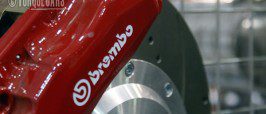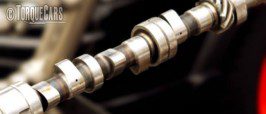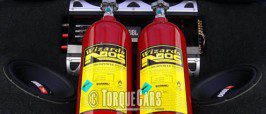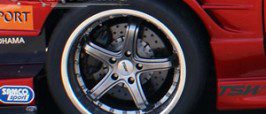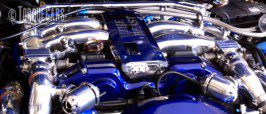Daimler Tuning Tips and Modifications
Maximise your Daimlers driving pleasure
Thank you so much for visiting TorqueCars, we love Daimler’s and see quite a few interesting projects.
If you are looking to build the ultimate Daimler then you’ve found the right place.
Our tuning tips and articles for the Daimler cover all the best mods and latest tuning methods to help you build a great modified Daimler.
With the help of our forum members, industry professionals and seasoned car modders we present a best practice guide to modding your Daimler.
Please join us in our forums, we love to hear what members are up to and it helps us spot trends so that we can ensure the site is always covering the latest and greatest tuning topics.
Feel free to drop a tip or suggestion on the comments box at the bottom of each and every article, this feedback is greatly valued and helps us refine our articles.
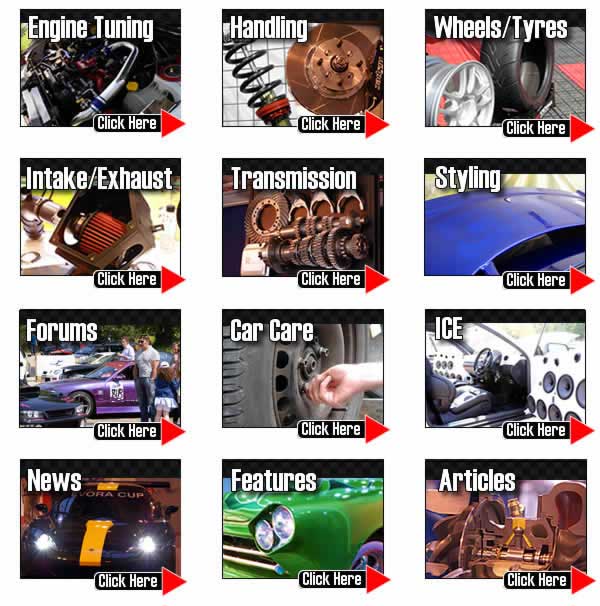
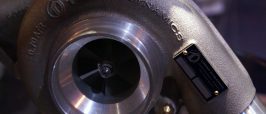
Let’s look at some questions that we’ve had about turbos “what is a turbo” “why were turbos invented” and “how do they work “, “what are blow-off valves”, “what’s a wastegate actuator do” and “what are twin scroll turbos & what’s the difference between them and standard turbos”?
Adding a supercharger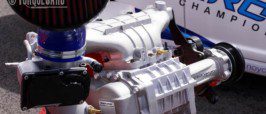
We look at adding a supercharger to a NASP (naturally aspirated) engine and focus on the main problem areas and considerations encountered in a tuning project of this scope.
There are lots of pitfalls and this is not a “bolt in on and hope it works” modification as many other things need to be done to make this work safely and reliably.
Cryogenic engine treatments
When putting more power through an engine you need to ensure that every part will perform at its optimum.
One of the motorsports favourite techniques to improve the durability of an engine is a process know as cryogenic treatments.
As you can guess from the use of the word Cryo – it involves the cooling and heating of the engine block to temper the metal changing its structure.
Low ratio sport gearbox setup and selection.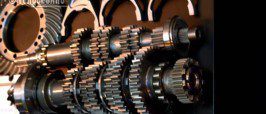
Gearbox – Lower ratios give better acceleration times and lower fuel economy. Six or seven speed boxes are better matched to modern engines.
Most street applications are closer 1st and 2nd gear ratios for that off the line 0-60 boost or for the fast exec a lower 2nd and 3rd ratio give improved overtaking flexibility and 30 – 70 mph acceleration with a high 4th and 5th gear to give motorway fuel economy.

